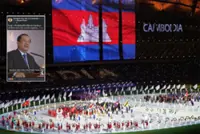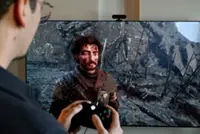The new Zelda game offers valuable lessons in open-ended puzzle-solving and intriguing game design.
Imagine this, dear adventurer: you’re on your regularly scheduled world-saving quest when – surprise! – a locked door stands in your way. Do you (A) search the room for a key, (B) pick the lock, or (C) try to bash through the door?
Although it may seem straightforward, the way a video game allows you to navigate through these symbolic barriers reveals a lot about its gameplay design. I’ve been thinking about obstacles, tools, and solutions ever since I’ve finished the recent Zelda game, so – double surprise! This article is actually just an excuse for me to talk about The Legend Of Zelda: Echoes Of Wisdom (EoW).





